In recent years, drone technologies have been explored for a range of applications in conservation including (but not limited to) mapping, biodiversity inventories, antipoaching patrols, wildlife tracking, and fire monitoring. The rise of customizable, open-source drones like those of ArduPilot and OpenROV hold promise for more effective conservation applications, and combined with other monitoring sensors and devices, they are capable of collecting high-resolution data quickly, noninvasively, and at relatively low cost.
However, challenges remain in putting these tools to use. A recent paper reviewing 256 conservation drone projects highlighted some of these major obstacles, ranging from unintended social and ecological consequences of drone operations to still prohibitive costs, both in terms of hardware and in terms of storing and processing large volumes of data. The longstanding challenge of power/battery life remains as well.
If you're considering trying out drones for yourself, and want to explore the possibilities and understand the major conversations happening around this technology, check out these beginner's resources and conversations from across the WILDLABS platform:
Three Resources for Beginners:
- Conservation Technology User Guidelines Issue 5: Drones, World Wildlife Fund | Drones, best practices, ethics, regulations, case studies
- WILDLABS Virtual Meetup Recording: Drones, Craig Elder, Dr. Claire Burke, and Gabriel Levin | Drones, thermal camera, wildlife crime, ML, biologging
- New Paper: Drones and Bornean Orangutan Distribution, Sol Milne | Drones, data analysis, citizen science, community science, primates
Three Forum Threads for Beginners:
- Curious about radio-tracking with drones? | Wildlife Drones, Biologging (5 replies)
- Drones for GIS Best practice Document | Adrian Hughes, Drones (10 replies)
- WWF Conservation Technology Series: Drones in Conservation | Aurélie Shapiro, Drones (7 replies)
Three Tutorials for Beginners:
- How do I use a drone to capture radio-tracking data? | Debbie Saunders, Tech Tutors
- How do I choose the right drone for my conservation goals? | Shashank Srinivasan, Tech Tutors
- How do I strategically allocate drones for conservation? | Elizabeth Bondi, Tech Tutors
Want to know more about using drones, and learn from experts in the WILDLABS community? Make sure you join the conversation in our Drones group!
*Header photo: Parker Levinson, Point Blue Conservation Science
- @ChloeSutcliffe
- | She/her
Founder of FieldWild: helping organisations transform ambitious research into reality, no matter the environment.
- 0 Resources
- 0 Discussions
- 4 Groups
I work in Mexico’s Yucatan Peninsula. The focus of my NGO is to facilitate the scientific study of the natural and cultural resources of the cenotes and underground rivers of our region.
- 0 Resources
- 0 Discussions
- 3 Groups
Aarhus University
Biologist and Research Technician working with ecosystem monitoring and research at Zackenberg Research Station in Greenland




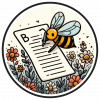
- 19 Resources
- 270 Discussions
- 7 Groups
- @bluevalhalla
- | he/him
BearID Project & Arm
Developing AI and IoT for wildlife





- 0 Resources
- 45 Discussions
- 8 Groups
- @KellyFaller
- | she/her/hers
Rutgers University
Lead Estuary Science Coordinator at the Partnership for the Delaware Estuary and Masters Student at Rutgers University in the Department of Ecology and Evolution. Using bioacoustics in tidal marsh ecosystems for restoration and conservation.

- 0 Resources
- 3 Discussions
- 14 Groups
- 0 Resources
- 1 Discussions
- 1 Groups
- @DeepakSathyanarayan
- | he/his
Deepak is an experienced professional who has served in multiple leadership roles in technology, science, product development, and engineering programs. He has proven expertise in shaping and executing technology strategies across defense, space, health, and environment sectors.

- 0 Resources
- 5 Discussions
- 7 Groups
- @a.zubiria
- | she/her
- 0 Resources
- 2 Discussions
- 11 Groups
- 0 Resources
- 0 Discussions
- 14 Groups
- @martinyonga
- | He/His
a Research Entrepreneur always looking for ways to demonstrate the interconnectedness of nature & our livelihoods

- 0 Resources
- 0 Discussions
- 3 Groups

- 0 Resources
- 0 Discussions
- 15 Groups
Fauna & Flora
Remote Sensing Scientist, Conservation Technology & Nature Markets @ Fauna & Flora - WILDLABS Geospatial Group Co-Lead



- 34 Resources
- 28 Discussions
- 8 Groups
How can drones and ATVs protect black-footed ferrets from the plague? In this case study from WWF's Northern Great Plains Program, Black-footed Ferret Restoration Manager Kristy Bly discusses how delivering vaccines to...
17 February 2021
Sol Milne's new paper, Drivers of Bornean Orangutan Distribution across a Multiple-Use Tropical Landscape, is now available. Using drones to detect orangutan nest density in aerial surveys (as shared during our...
12 February 2021
A research mission to determine the impact of the giant A-68a iceberg on one of the world’s most important ecosystems using underwater robotic gliders gets underway this January. A team of scientists, led by British...
13 January 2021
The latest issue of WWF's Conservation Technology Series is about drones and is designed for a broad audience of conservationists. Containing ten case studies, scientific literature, and handy information on getting...
18 November 2020
As drone usage continues to grow within the conservation tech community, driven by improved performance, increased accessibility, and the wide range of data collection methods that can be served by drones, so do the...
19 October 2020
The miniaturisation of technology is rapidly opening up new possibilities for conservationists and environmental scientists in need of less invasive, easy to deploy solutions. University of Washington researchers have...
13 October 2020
Today, Sustainable Fishing Challenges group leader Daniel Steadman discusses how fishing gear itself could benefit from fresh technological innovations to prevent both environmental damage and damage to species and...
19 August 2020
In this case study from herpetologist Emily Taylor, we learn about the best methods and gear used to track snakes, lizards, and other reptiles and amphibians via radio-telemetry, and how these techniques have changed...
31 July 2020
What is it like to track endangered species using drones? In this blog post from Wildlife Drones, Dr. Debbie Saunders travels to New Zealand to track the Kākāpō, an extemely rare and elusive bird of which approximately...
8 July 2020
The Monterey Bay Aquarium Research Institute's MARS ocean observatory may someday make conducting deep-sea research more accessible and affordable thanks to Deep-Sea Connect, their new wireless system engineered to ...
31 March 2020
Community Announcement
Our second WILDLABS Community Call took place on April 1st to continue the discussion started by Ben Tregenna in our Data Science group, in which he suggested the idea of submitting a collaborative entry to the X-Prize...
30 March 2020
2020 marked our fifth year holding our annual #Tech4Wildlife Photo Challenge, and our community made it a milestone to remember. Conservationists took to Twitter last week to share their best high-tech snapshots from...
4 March 2020
February 2025
event
event
January 2025
event
33 Products
Recently updated products
| Description | Activity | Replies | Groups | Updated |
|---|---|---|---|---|
| Hi Wildlabbers, Tech Tutors Season 2 continues with our fifth episode, featuring Shashank Srinivasan who will tackle the question... |
|
Drones | 4 years 4 months ago | |
| The UFO project is an H2020 programme dedicated to supporting the development of innovative products and services by integrating ... |
|
Drones | 4 years 4 months ago | |
| Hi Isla, That's something that the drone world really needs to take on because there can be a world of difference in drone size, prop types and motor types to reduce impact... |
|
Drones | 4 years 5 months ago | |
| Hello Shashank, I found your post very interesting - congratulations on looking at the ethical side of this technology! One of the reasons that our organisation,... |
|
Drones | 4 years 6 months ago | |
| Very cool, thanks for sharing, Adrian! We'll put this up on Twitter as well. |
|
Drones | 4 years 7 months ago | |
| Hi all, Firstly, I'd just like to say a big thank you to everyone who attended my Tech Tutors presentation last month. And secondly, thank you for your patience in allowing... |
|
Animal Movement, Drones | 4 years 8 months ago | |
| We are happy to share that we open a worldwide-first research residency in ecosystem restoration with drones and native seeds. Do you... |
|
Drones | 4 years 9 months ago | |
| Hi all, There is a conversation underway in the "Ethics of conservation tech" group on best practices for responsible use of... |
|
Drones | 4 years 11 months ago | |
| Hi! We've been using our Mavic 2 Pro to create 3d models and volumetric assessments of mangroves. We're learning more about... |
|
Drones | 5 years ago | |
| Hi Ruth, Thanks for your email. Essentially the software is only an advantage if the drones are being flown at altitudes that provide a wide area and less visible detail (i.... |
|
Drones | 5 years 2 months ago | |
| Hi everyone! We are very excited to announce that the BIRDSAI dataset for conservation drones is now publicly available at https://sites.... |
|
Drones | 5 years 2 months ago | |
| We are very excited to announce that our open-source drone-reforestation crowdfunding is LIVE! We know climate change is here,... |
|
Drones | 5 years 2 months ago |
Enter to win a free thermal camera!
26 June 2024 5:38pm
Case Study: Drone-based radio-tracking of Eastern Bandicoots
14 June 2024 3:53am
Fully funded PhD in AI biodiversity monitoring
11 June 2024 1:07pm
New WILDLABS Funding & Finance group
5 June 2024 3:24pm
6 June 2024 1:38am
6 June 2024 4:16am
Apply! 2024 Conservation Tech Award
3 June 2024 3:51pm
Share Your Work in a Conservation Technology Video
17 May 2024 9:06pm
Using drones and camtraps to find sloths in the canopy
18 July 2023 7:39pm
3 May 2024 6:48pm
Thank you for the tip, Eve! In fact, in the area where the foundation works, there clearly are dry seasons, the past few years much drier than normal, where trees loose their leaves a lot.
6 May 2024 4:29pm
Yes, if the canopy is sparse enough, you can see through the canopy with TIR what you cannot see in the RGB. We had tested with large mammals like rhinos and elephants that we could not see at all with the RGB under a semi-sparse canopy but were very clearly visible in TIR. It was actually quite surprising how easily we could detect the mammals under the canopy. It's likely similar for mid-sized mammals that live in the canopy that those drier seasons will be much easier to detect, although we did not test small mammals for visibility through the seasons. Other research has and there are a number of studies on primates now.
I did quite a bit of flying above the canopy, and did not have many problems. It's just a matter of always flying bit higher than the canopy. There are built in crash avoidance mechanisms in the drones themselves for safety so they do not crash, although they do get confused with a very brancy understory. They often miss smaller branches.If you look in the specifications of the particular UAV you will see they do not perform well with certain understories, so there is a chance of crashing. The same with telephone wires or other infrastructure that you have to be careful about.
Also, it's good practice to always be able to see the drone, line-of-sight, which is actually a requirement for flight operations in many countries. Although you may be able to get around it by being in a tower or being in an open area.
Some studies have used AI classifiers and interesting frameworks to discuss full or partial detections, sometimes it is unknown if it is the animal of interest. I would carefully plan any fieldwork around the seasons and make sure to get any of your paperwork approved well before the months of the dry season. It's going to be your best chance to detect them.
7 May 2024 1:49am
Thank you for elaborating, @evebohnett ! And for the heads ups!
Elephant Collective Behaviour Project - Principal Investigator
1 May 2024 1:59pm
The Inventory User Guide
1 May 2024 12:46pm
Introducing The Inventory!
1 May 2024 12:46pm
22 July 2024 10:55am
23 July 2024 2:05pm
23 July 2024 2:53pm
The IUCN-SSC Crocodile Specialist Group (CSG) Conference
9 April 2024 8:21am
Wildlife Drones will be at the 21st Australasian Bat Society Conference
9 April 2024 6:03am
PhD Opening: Revealing the Dynamics of Soaring Environments Through GPS and Drones
13 March 2024 2:11pm
Here's what you missed at World Wildlife Day 2024
7 March 2024 9:02pm
15 March 2024 2:42pm
Machine Learning Postdoc Position, Understory
29 February 2024 11:56pm
Wildlife Drones will be hosting in-person demos in the U.S.
12 February 2024 3:32am
Passionate engineer offering funding and tech solutions pro-bono.
23 January 2024 12:06pm
26 January 2024 3:18pm
Hi Krasi! Greetings from Brazil!
That's a cool journey you've started! Congratulations. And I felt like theSearchLife resonates with the work I'm involved round here. In a nutshell, I live at the heart of the largest remaining of Atlantic forest in the planet - one of the most biodiverse biomes that exist. The subregion where I live is named after and bathed by the "Rio Sagrado" (Sacred River), a magnificent water body with a very rich cultural significance to the region (it has served as a safe zone for fleeing slaves). Well, the river and the entire bioregion is currently under the threat of a truly devastating railroad project which, to say the least is planned to cut through over 100 water springs!
In face of that the local community (myself included) has been mobilizing to raise awareness of the issue and hopefully stop this madness (fueled by strong international forces). One of the ways we've been fighting this is through the seeking of the recognition of the sacred river as an entity of legal rights, who can manifest itself in court, against such threats. And to illustrate what this would look like, I've been developing this AI (LLM) powered avatar for the river, which could maybe serve as its human-relatable voice. An existing prototype of such avatar is available here. It has been fine-tuned with over 20 scientific papers on the Sacred River watershed.
And right now myself and other are mobilizing to manifest the conditions/resources to develop a next version of the avatar, which would include remote sensing capacities so the avatar is directly connected to the river and can possibly write full scientific reports on its physical properties (i.e. water quality) and the surrounding biodiversity. In fact, myself and 3 other members of the WildLabs community have just applied to the WildLabs Grant program in order to accomplish that. Hopefully the results are positive.
Finally, it's worth mentioning that our mobilization around providing an expression medium for the river has been multimodal, including the creation of a shortfilm based on theatrical mobilizations we did during a fest dedicated to the river and its surrounding more-than-human communities. You can check that out here:
Let's chat if any of that catches your interest!
Cheers!
2 February 2024 1:22pm
Hi Danilo. you seem very passionate about this initiative which is a good start.
It is an interesting coincidence that I am starting another project for the coral reefs in the Philipines which also requires water analytics so I can probably work on both projects at the same time.
Let's that have a call and discuss, will send you a pm with my contact details
There is a tech glitch and I don't get email notifications from here.
Reasonable price for drone pilot (south africa)?
27 January 2023 11:20am
16 January 2024 12:21pm
Hello Stephanie,
I am not sure if you are still monitoring this thread, but if you need any information, please let me know. I have flown drones for a couple of years in Zimbabwe and South Africa in conservation and anti-poaching operations. I would be happy to answer any questions you may have.
Regarding the £500-700 range you mentioned, it seems waaaayyyy overpriced. Those rates are usually charged by lawyers and accountants in South Africa.
If you have found the information you were seeking, I wish you all the best.
Quin
26 January 2024 10:39pm
Hi Steph,
I think everyone below has summarised it pretty well.
A couple of comments to add.
Select your pilot well - We offer drone flying services. This wasn't our intention, initially, however we have determined that there are many drone pilots, but fewer who do it really well. Having said that, we work predominantly with animal tracking equipment, not just flying straight line vectors, if this is what you are undertaking.
In Australia, fees to become a pilot are about $5,000 AUD, and a reasonable commercial drone with changeable payload capability costs around $20,000- $30,000 AUD, and then as is suggested below, there are insurance and factoring in repairs and maintenance, and of course eventual replacement costs, travel, an hourly rate as wages etc. Obviously, the day rates you have listed aren't profit, they include cost.
Paul
Wildlife Drones
28 January 2024 4:59pm
Hi, I have used a commercial company for drone work for my PhD and they were willing to give me a significant discount for research purposes. One thing to consider is that in SA a drone pilot requires a pilots license and there is quite some red tape to go through which does make it much more complex than just going out and buying a drone oneself. The price you mention seems on the high side to me but I'm not sure if that already includes the drone, sensors, flight permissions, travel of the pilot to and from your location and any other costs.
Need advice - image management and tagging
12 January 2024 7:55pm
15 January 2024 8:47pm
Interesting, Iʻll give it a shot. Looks like this could save me some time.
Thanks for the explanation @wade!
24 January 2024 5:16pm
I have no familiarity with Lightroom, but the problem you describe seems like a pretty typical data storage and look up issue. This is the kind of problem that many software engineers deal with on a daily bases. In almost every circumstance this class of problem is solved using a database.
In fact, a potentially useful analysis is that the Lightroom database is not providing the feature set you need.
It seems likely that you are not looking for a software development project, and setting up you own DB would certainly require some effort, but if this is a serious issue for your work, you hope to scale your work up, or bring many other participants into your project, it might make sense to have an information system that better fits your needs.
There are many different databases out there optimized for different sorts of things. For this I might suggest taking a look at MongoDB with GridFS for a couple of reasons.
- It looks like you meta data is in JSON format. Many DBs are JSON compatible, but Mongo is JSON native. It is especially good at storing and retrieving JSON data. Its JSON search capabilities are excellent and easy to use. It looks like you could export your data directly from Lightroom into Mongo, so it might be pretty easy actually.
- Mongo with the GridFS package is an excellent repository for arbitrarily large image files.
- It is straightforward to make a Mongo database accessible via a website.
- They are open source (in a manner of speaking) and you can run it for free.
Disclaimer: I used to work for MongoDB. I don't anymore and I have no vested interest at all, but they make a great product that would really crush this whole class of problem.
25 January 2024 8:32am
Hi!
I would take a look at
Although developed for camera trap imagery, it is by no means restricted to such.
Cheers,
Lars
Cutting edge plant conservation
9 January 2024 7:33am
9 January 2024 4:56pm
9 January 2024 7:10pm
Come for the trees and geese, stay for the AI: using computer vision for urban forestry and wildlife monitoring
13 December 2023 5:58pm
Drone mapping at scale: capturing, processing, and distributing aerial imagery in Virunga National Park
13 December 2023 5:31pm
Ekobot WEAI robot - autonomous weeding at farm scale
29 November 2023 12:11am
ICOTEQ launch TAGRANGER® system of products
23 November 2023 1:25pm
AWMS Conference 2023
Catch up with The Variety Hour: November 2023
16 November 2023 12:59pm
Insight; a secure online platform designed for sharing experiences of conservation tool use.
7 November 2023 1:01pm
5 Trailblazing Wildlife Monitoring Tech Solutions across East Africa. What Monitoring Technologies are you using?
25 October 2023 12:40pm
Restoring the Mara Elephant Population Using Coexistence Tech Solutions with Mara Elephant Project's Wilson Sairowua
20 October 2023 1:31pm
27 May 2024 3:54pm
28 May 2024 8:12am

























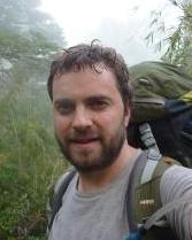















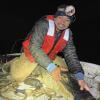




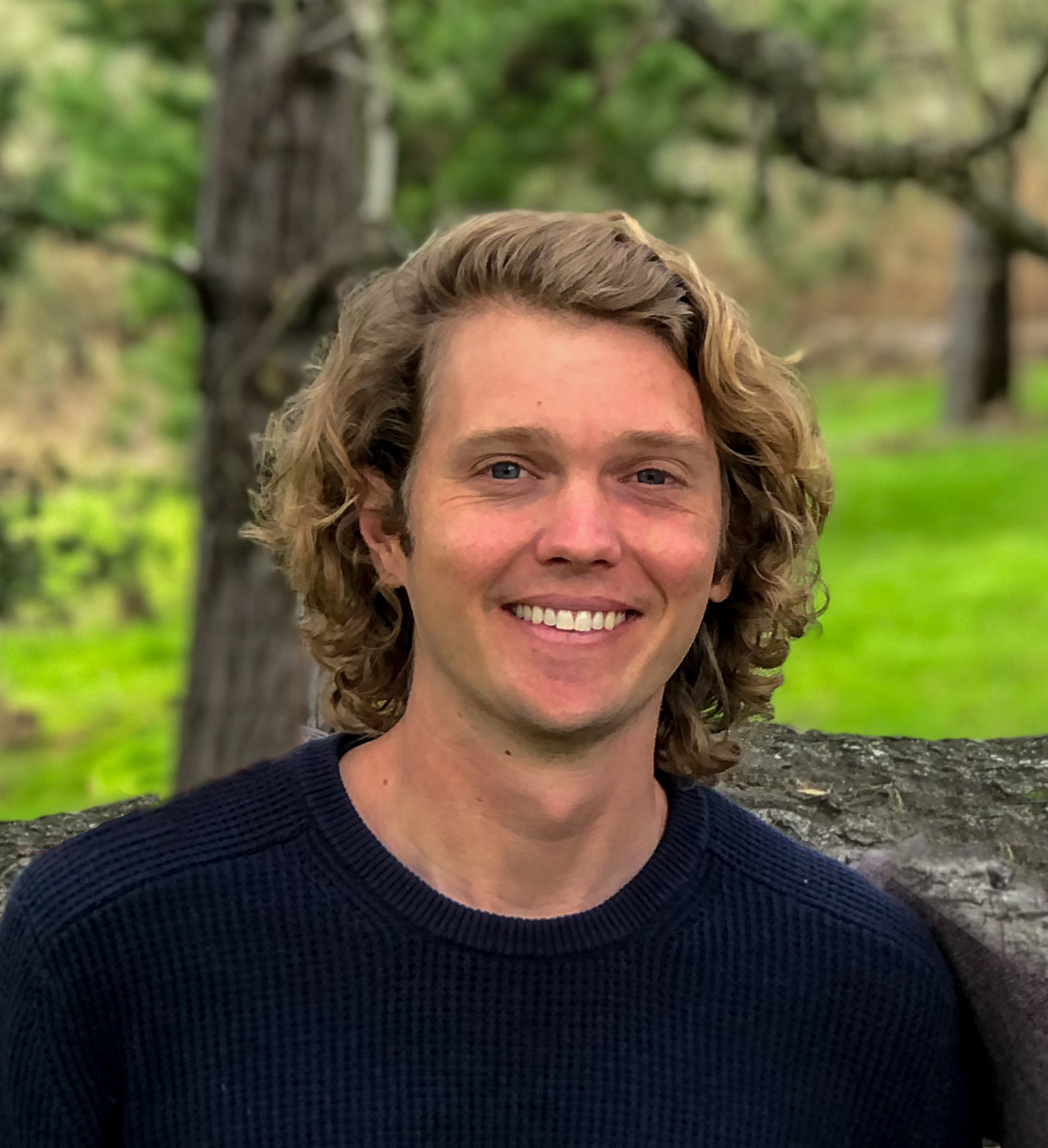
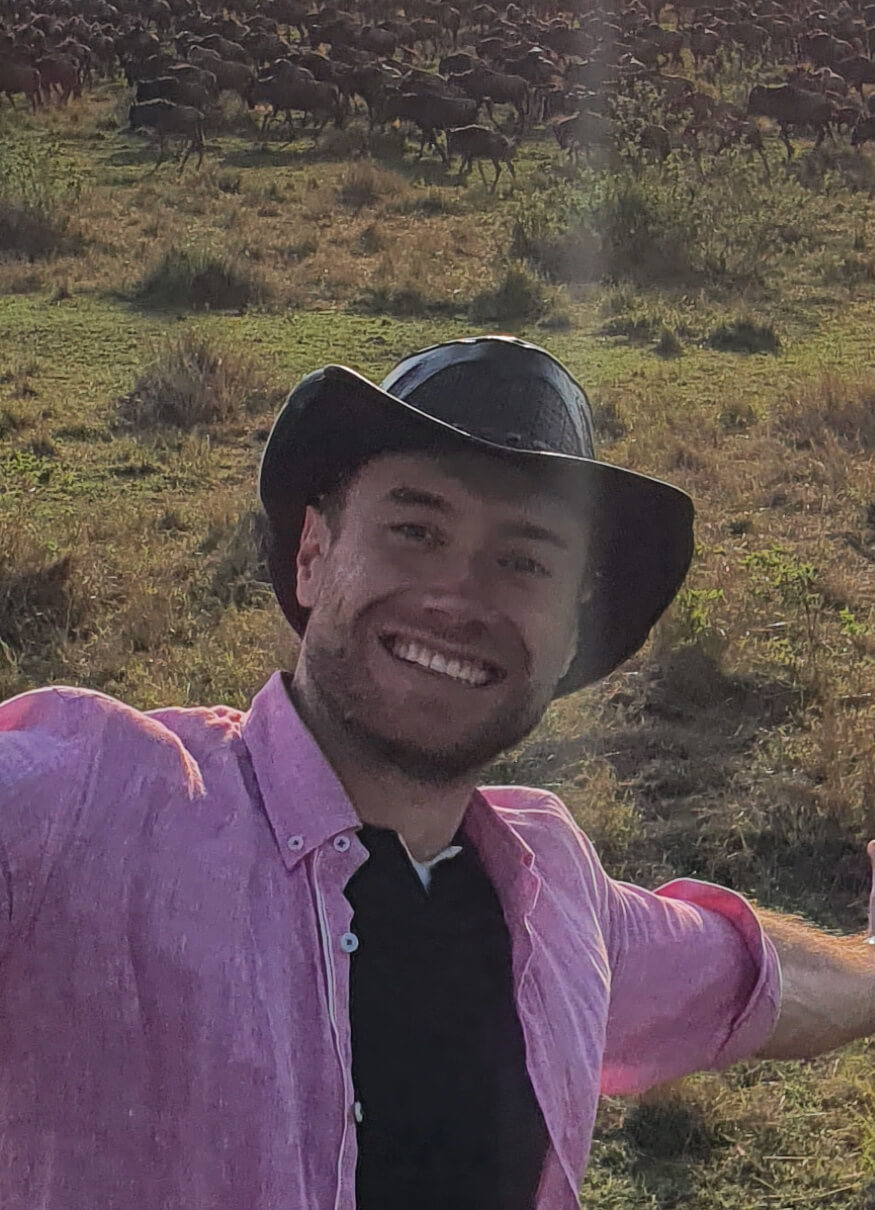








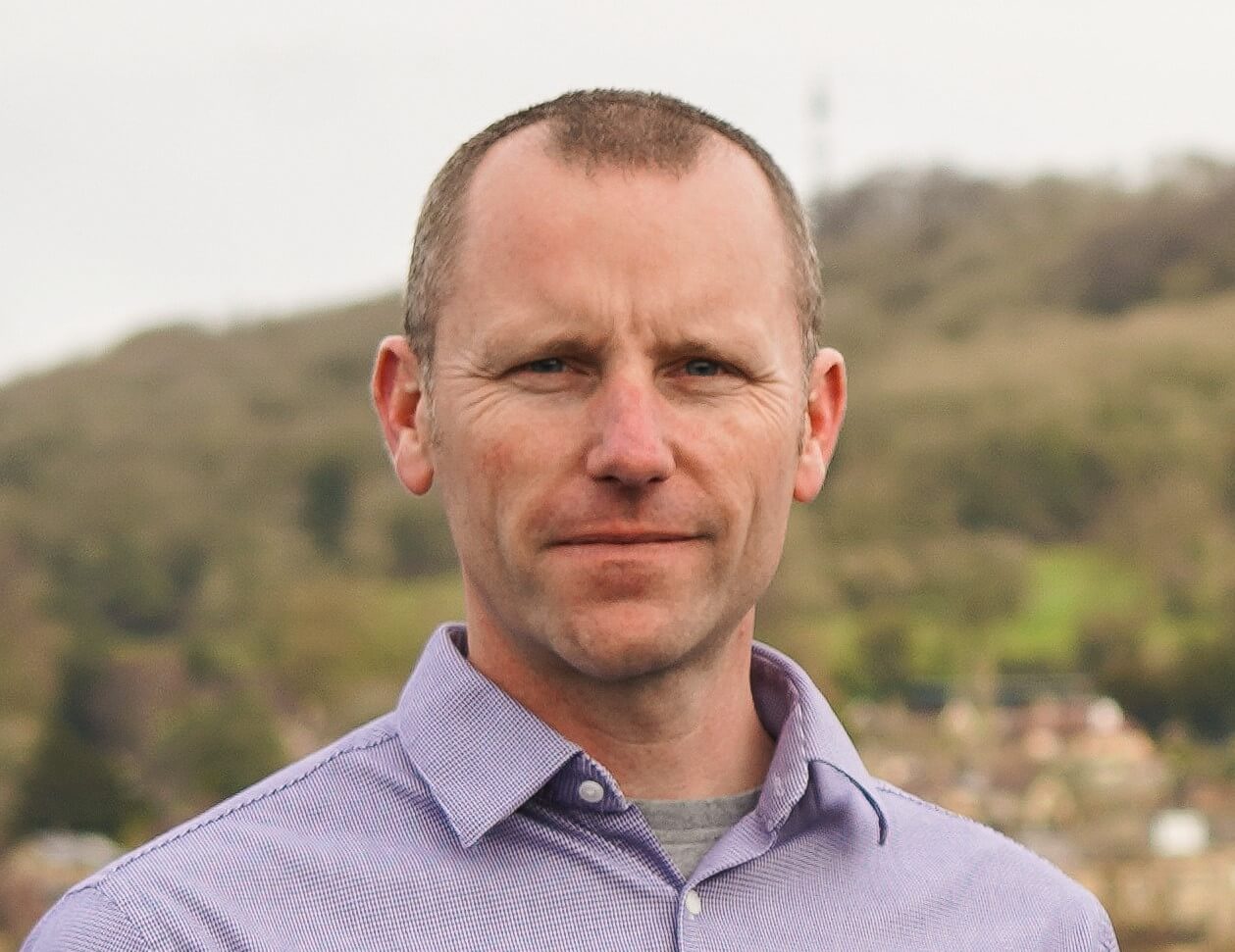



5 June 2024 4:14pm